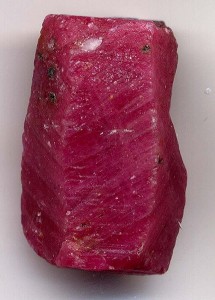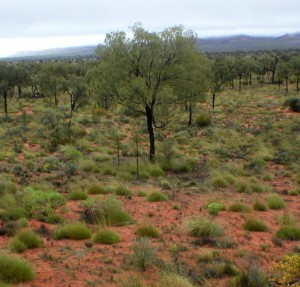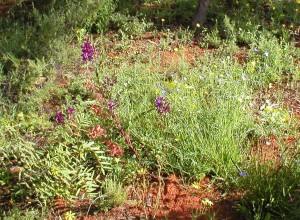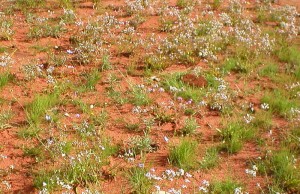![]()
![]()
![]()
sāenÂ
Now that we have named the story and introduced our characters, the next sentence is:
il ñamma jacēha ja ñi sāen rā jakērþe ōl nō ā macūma il ñi jakērþe jasērre tō jōrwe ēnne;
We already know that il … il means “when” … “then” or “while” … “then”, and we know “horse” and “man” so:
When ñamma jacēha ja ñi sāen rā horse ōl nō ā man
then ñi horse jasērre tō jōrwe ēnne.
We also know that jacēha means “attempt” and ñamma jacēha means a 3rd person entity made an attempt, and looking for an ā phrase, we see “man”, which is a third person entity, so “The man attempted”:
When the man attempted ja ñi sāen rā horse ōl nō
then ñi horse jasērre tō jōrwe ēnne.
We know that ja in this position is a relative clause marker, and it is modifying “attempt”, so ñi sāen rā horse ōl nō is what the man attempted, and we know that ñi … rā denotes motion. Which brings us to today’s word. sāen is the full 3rd person singular pronoun. And our only animate (inanimates don’t get full pronouns), 3rd person singular entity is the man, so the man moved relative to the horse. I will explore the locative rā phrase tomorrow.



